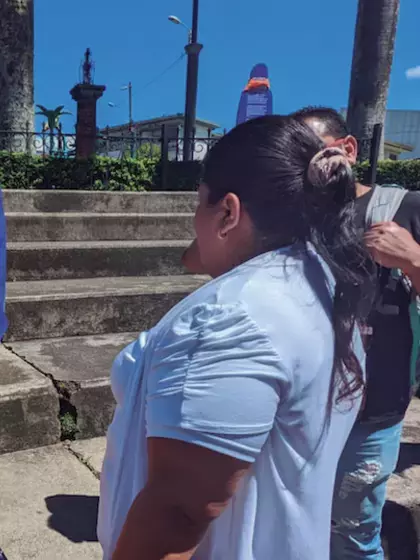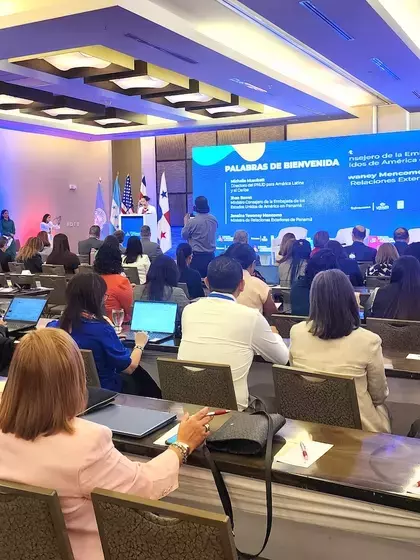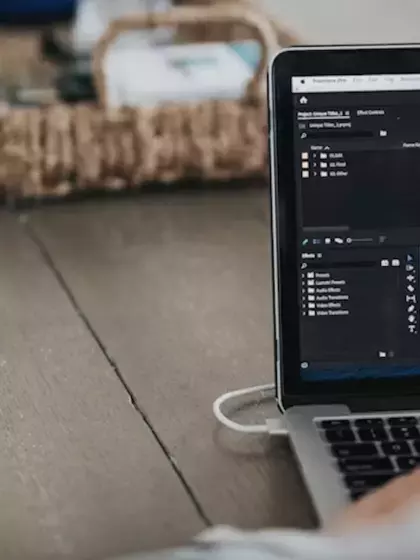Urban Art Faces Up to Crime
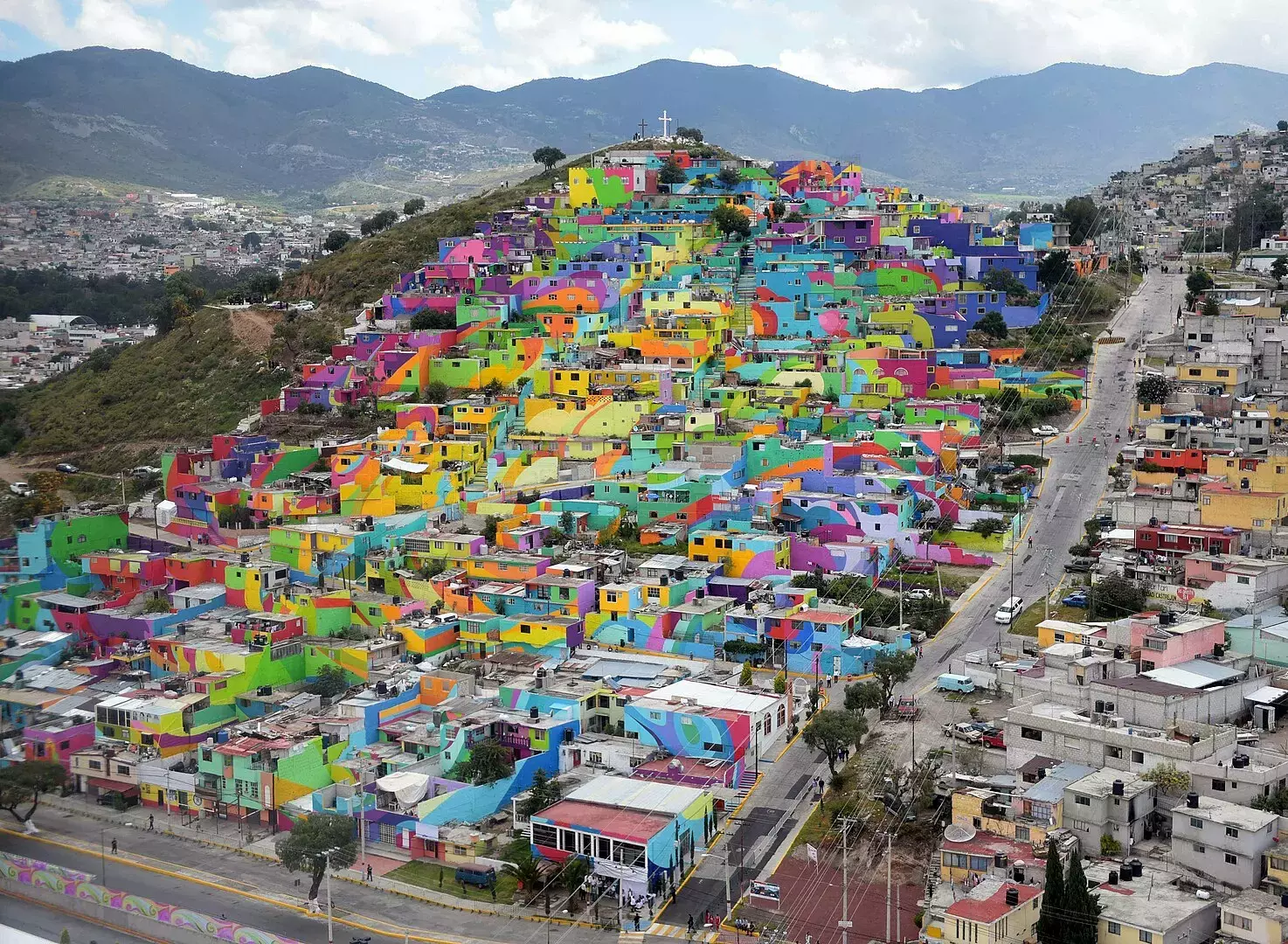
The following expression might seem somewhat shallow if used in reference to citizen security, but the truth is there is nothing that a good coat of paint cannot fix. By coat of paint, we mean murals, graffiti, urban art interventions in depressed or dangerous areas.
The truth is that these actions are rarely spur-of-the-moment, rather there is a whole lot of work, a proposal and an idea: make these areas safe, friendly and liveable for residents. In certain cases, the impact is such that in a short while the most dangerous part of the city might become a tourist attraction, a good example of this is Comuna 13 Medellin, in Colombia.
On occasion, these interventions emerge from civil society and creative collectives that want to bring art to the whole world and are sure their actions can–in some way–improve people’s lives. Other times, actions start in municipal government, businesses or international agencies.
What influence can urban art exert to transform these spaces?
Fostering a sense of community: The process of creating a mural and other community art-forms can bring residents together in a shared project. This promotes a feeling of belonging and a sense of community, which in turn enhances informal surveillance, looking out for one another in the neighbourhood, discouraging criminal behaviour.
Beautifying and revitalizing: Urban art can transform run down urban spaces into attractive locations. This improves an area’s aesthetics and can make people feel safer and more comfortable walking through it. The presence of urban art can change the way a place is perceived, form dishevelled or dangerous to welcoming and full of life.
Creating meeting points: A lot of works of urban art are located in public areas and become natural meeting points in the community. These places can foster positive social interactions and create an atmosphere where people feel safer to spend time together, potentially reducing crime.
Cultural expression and diversity: Urban art often reflects cultural diversity and a community’s identity. This can promote inclusion and understanding among diverse groups, reducing tension and conflict that can add to a perceived lack of security.
Reducing crime: There are studies that note the presence of art in public places is discouraging to criminal activity, because the perception is created of the place being under surveillance or being cared for, which dissuades criminals. Besides, art can draw attention away from criminal activity towards more constructive and creative activities.
There are examples throughout the continent, everything from the aforementioned Comuna 13, a success that started as an intervention with murals and added mechanical stairs to move around the neighbourhood, and then became one of the most interesting areas of Medellin. In this locality, a network emerged for learning about graffiti, dee-jay, break dance and rap, in order to create life projects, promote community living and get children and young people away from the influence of criminal gangs. So far, over 2,500 have gone through this collective–known as Casa Kolacho–and been trained in these different forms of urban art.
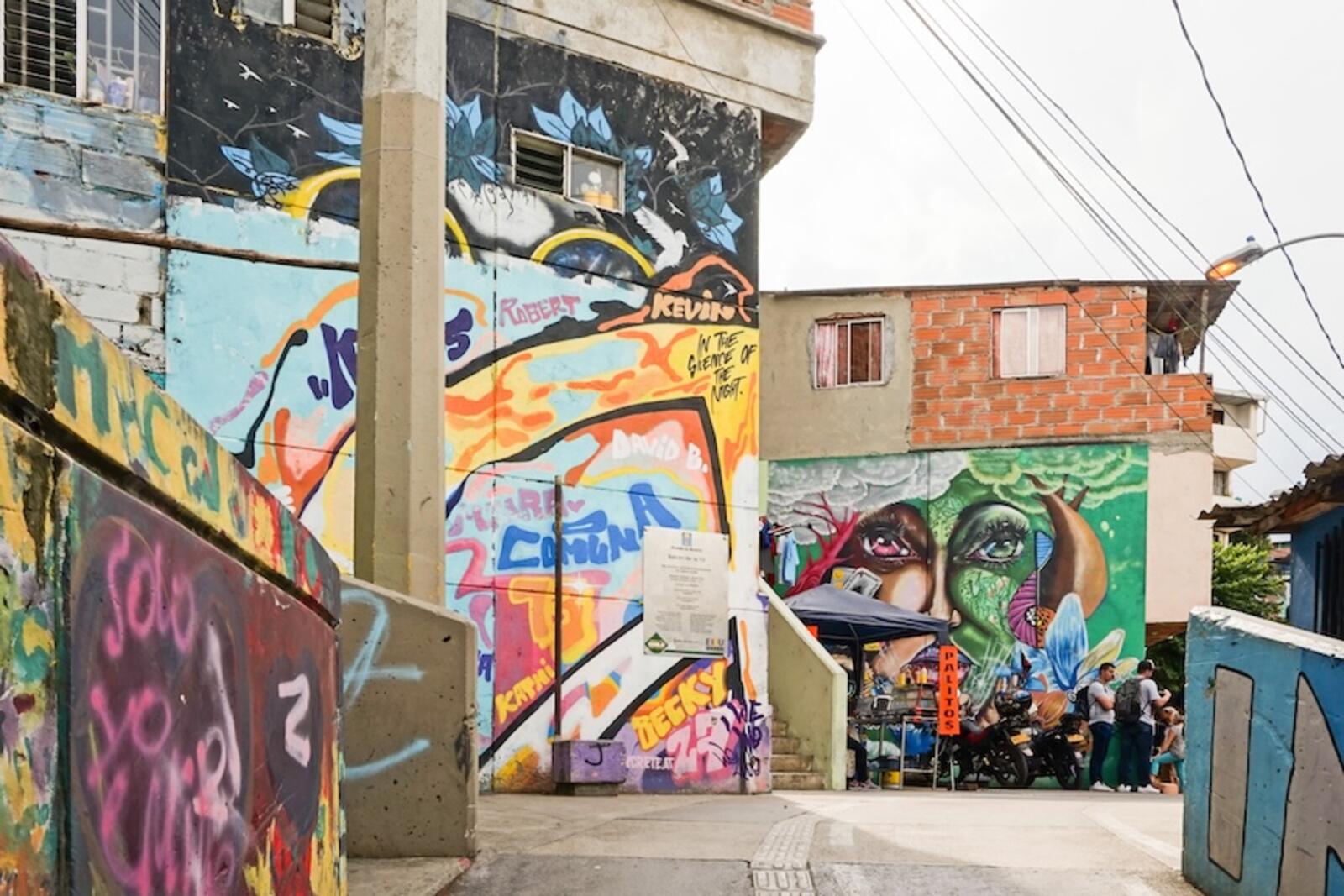 Graffiti in Comuna 13 San Javier, Medellín, Colombia. Photo: Bernard Gagnon.
Graffiti in Comuna 13 San Javier, Medellín, Colombia. Photo: Bernard Gagnon.
In Panama, there is another project, led by the Boa Mistura collective that helped neighbours in the Begonia I building, located in El Chorrillo neighbourhood, restore this block of houses, painting the walls, halls and stairs. What was once a dirty old building, became a point of light for the neighbourhood. The project was named “We Are Light” and although its scope was limited, many Panamanians started to look at the dangerous El Chorrillo neighbourhood with fresh eyes.
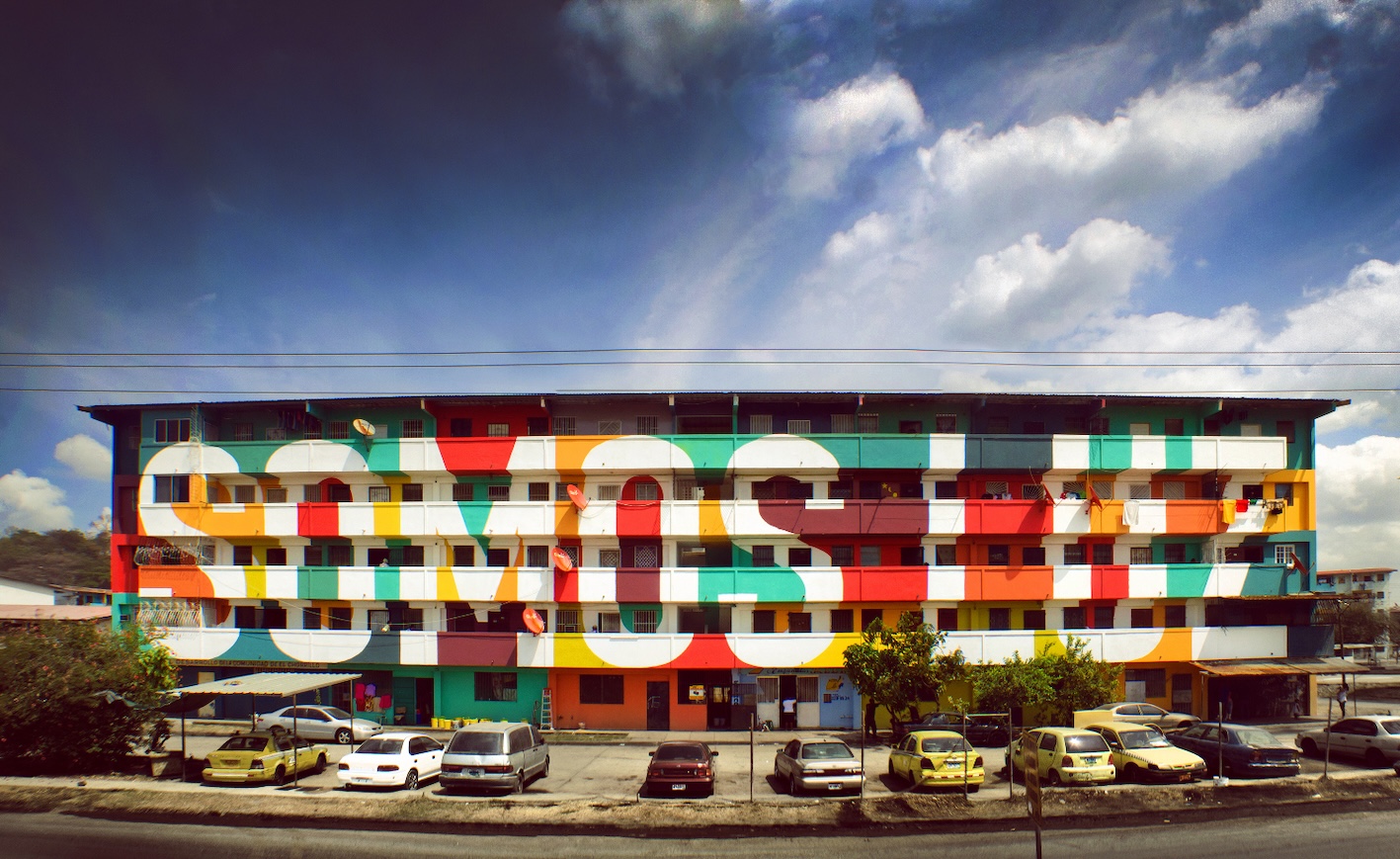
Begonias I, El Chorrillo Panamá. Photo Boa Mistura.
Boa Mistura also worked on another issue, called Cardumen de Loros (School of Parrots) in the Dominican Republic, an intervention on 52 boats in the Manzanillo mangrove, in the Province of Montecristi in this island in the Caribbean. The objective was to raise the population’s awareness about the importance of preserving their natural heritage.
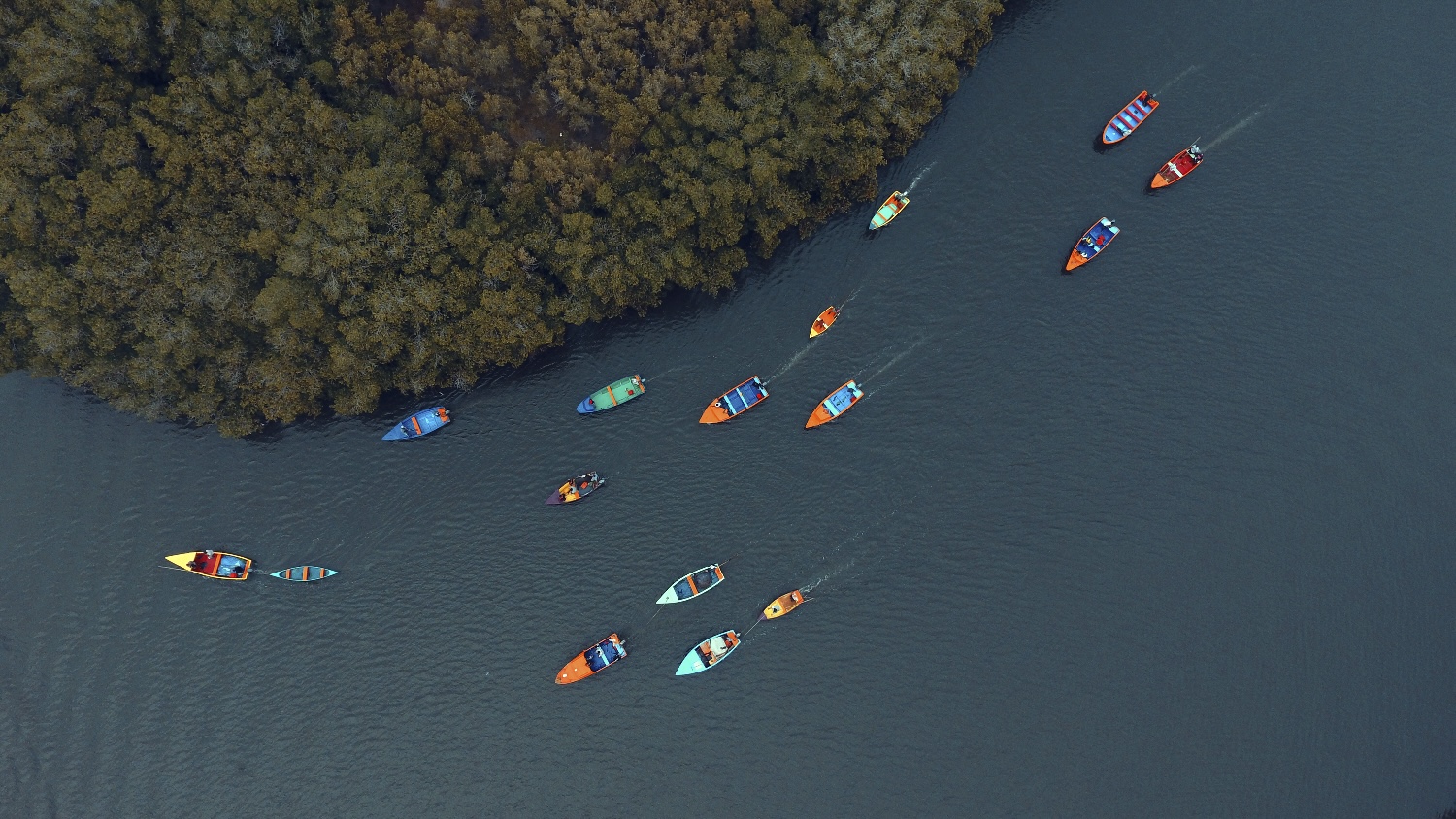
Cardumen de loros, Dominican Republic. Photo Boa Mistura.
Another way to have an impact on society with urban art interventions is through temporary installations. In Costa Rica, in 2013, an itinerant exhibition was set up called Those no longer here, consisting of 15 life-size silhouettes representing each woman victim of femicide in 2021, located in busy public spaces around the country. This project has left a permanent work of art, Ausencia (Absence) in La Sabana Park in San Jose, as its legacy. The project was promoted by the UNDP and USAID through the InfoSegura Regional Project, working with different national and local institutions, such as National Women’s Institute, Ministry of Justice and Peace and the Inter-Institutional Technical Commission for Statistics on Coexistence and Citizen Security.
In Brazil, there is urban art in many cities, but it is most present in Sao Paulo. In 2011 in that city, famous urban artist Binho Ribeiro and 66 other artists presented the Ministry of Culture a project for area recovery and beautification with urban art. The project was accepted and is now considered the most important Open Urban Art Museum on the continent and has become a tourist attraction with guided tours.

Bridge in Cruzeiro do Sul, in the north of São Paulo.
In Mexico, what is considered to be the largest mural in the world is in Pachuca, Hidalgo, created by the Germen Crew collective between 2014 and 2018. Although its impact on reducing crime in the neighbourhood has not been quantified, neighbours’ general feeling is that their environment is friendlier and their perception of safety has improved. Some 1,800 neighbours participated in the project.
It is essential that artists, residents, local authorities, police and other stakeholders collaborate in order to maximize the positive impact that urban art can have on the perception of safety and quality of life in urban communities. Art is not a one-size-fits-all solution for neighbourhood issues, but it might very well play an important role in a broader approach to enhancing these living spaces.


